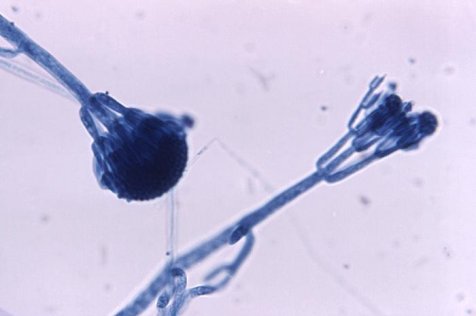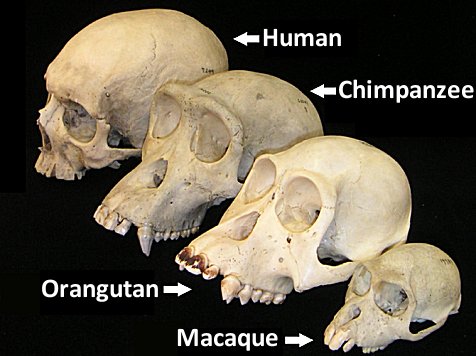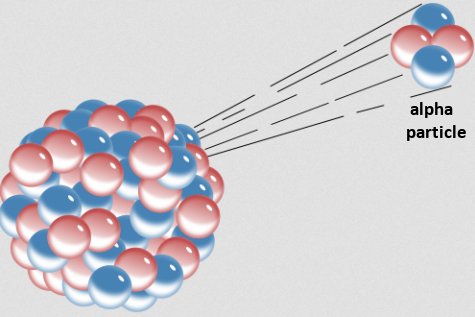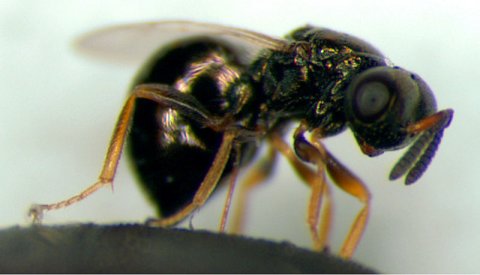
The earth and the other seven planets (in case you didn’t know, Pluto is no longer considered a planet) orbit the sun, which is a very special star. Nevertheless, it is just one of probably more than a septillion (1,000,000,000,000,000,000,000,000) stars in the universe. Each of these stars has a gravitational field, and at least several of them have planets orbiting around them. In other words, each star has its own solar system.
Well, at some point, our solar system has to end and interstellar space (the space between the solar systems of different stars) has to begin. But where, exactly, is that? The robotic spacecraft known as Voyager 1 and Voyager 2 are trying to answer that question. They were both launched into space in 1977 (Voyager 2 was launched 16 days earlier than Voyager 1), and they have been traveling away from earth ever since. While they still have fuel, they don’t use it to propel themselves forward. Where they are, the sun’s gravitational field is so weak that they experience essentially no resistance to their travel, so they just keep traveling with the speed their engines gave them long ago. The only thing they use their fuel for is to change orientation, a process called “attitude adjustment.”
Even though Voyager 1 was launched later, it picked up a bit more speed than Voyager 2, so it is farthest away from the earth and the sun. As of the time this article was written, Voyager 1 was more than 18,800,720,000 kilometers (11,682,230,000 miles) from the sun. That’s a long way, but is it far enough to be considered out of our solar system? The surprising answer is that we aren’t really sure!








